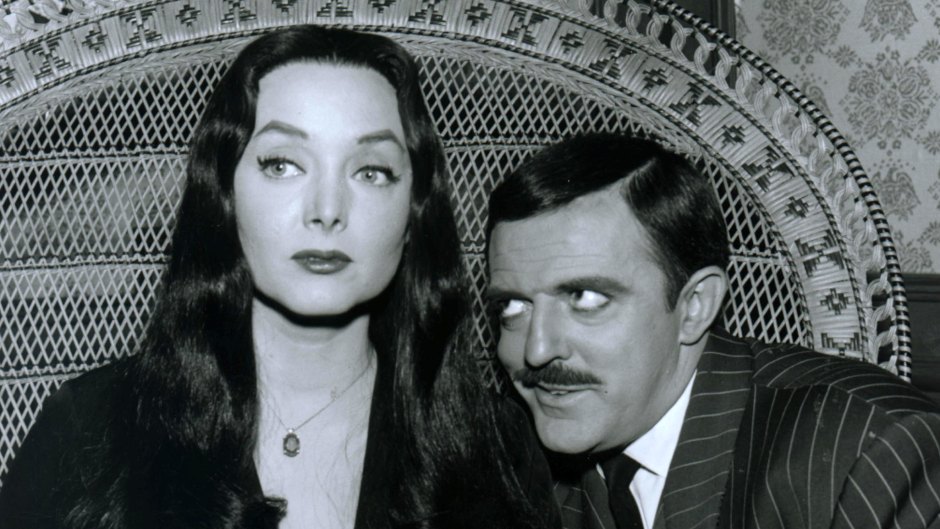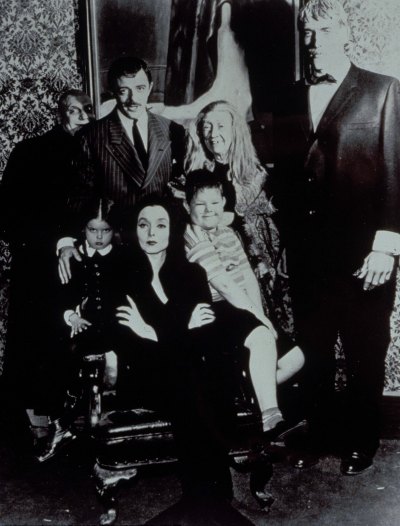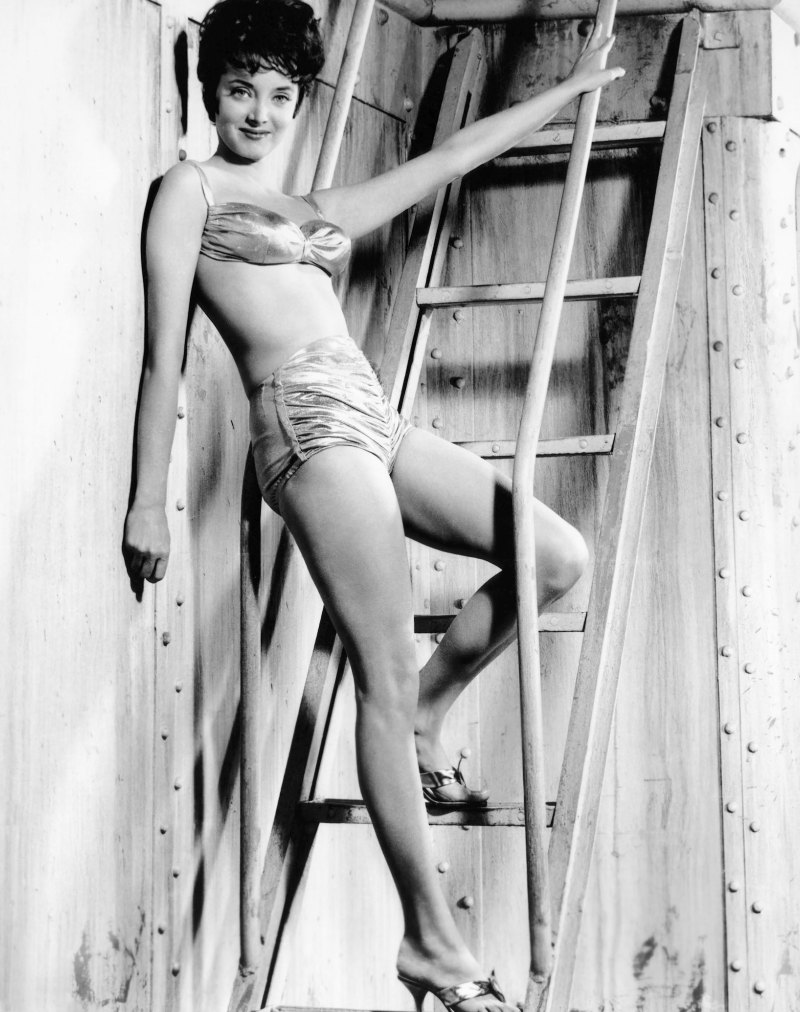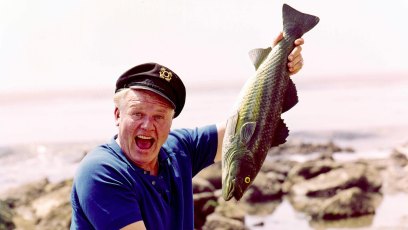
Moviestore/Shutterstock
Here’s What Happened to Carolyn Jones Before, During and After Playing Morticia on ‘The Addams Family’
When actress Carolyn Jones signed on to play Morticia Addams on the Classic TV sitcom The Addams Family, she obviously didn’t enter the situation with the idea that she would be creating an iconic television character who would still be enjoyed by viewers around the world well over 50 years later. In fact, her reasons for doing so were far more pragmatic.
“I’m doing the series because I like to work,” she explained in 1964. “There aren’t enough movies being made anymore and I’m tired of sitting around doing nothing. I was a little nervous about it at first, but not anymore. Personally, comedy is a lot harder to play than drama, but it’s a wonderful change of pace for me.” The following year, still unaware of the impact Morticia would have on her life, she added, “The show has brought me a whole new set of fans — the teenagers. As for getting typed, I’m not worried. I was a star in films before I was a star on TV. People should remember that. I hope.”
Awkward.

She was born Carolyn Sue Jones on April 28, 1930, in Amarillo, Texas. In an exclusive interview, James Pylant, author of her official biography, In Morticia’s Shadow: The Life & Career of Carolyn Jones, explains, “She grew up in West Texas, in Amarillo, and she was always a misfit. I don’t think she ever felt like she really fit in. She was very close to her mother, Chloe, who was agoraphobic. There was no support from Carolyn’s father; Julius Jones is just completely out of the picture. He abandoned the family when she was very young, so she never met him, though I don’t think that ever held her back. And Chloe was unable to really hold down a job on a regular basis, so the two of them ended up living with Chloe’s mother and stepfather, depending on him to be the breadwinner. And they were all kind of cramped together in that house.”
Adds pop culture historian Geoffrey Mark, author of The Lucy Book: A Complete Guide to Her Five Decades on Television, “Carolyn had lung problems as a child; so much so that like many young people she ended up in show business with the fantasy of it being an escape. All she could do was listen to the radio. She couldn’t even go to the movies, so she would read movie magazines. She aimed her life toward that, because, in essence, that was her reality.”

In a 1961 interview, Carolyn herself reflected, “As a child, my health prevented me from going to school. I was not well enough to play, so I was educated with tutors. My activity was mental rather than physical.”
Comments James, “Acting was her burning obsession and it was not really relatable to people she was growing up with, so she was very much an outsider. Even as a child she was ambitious, her objective to get out of Amarillo and go to Hollywood. She was very driven.”
Please scroll down for much more on Carolyn Jones.
Be sure to check out and subscribe to our Classic TV & Film Podcast for interviews with your favorite stars!

Courtesy James Pylant

Courtesy James Pylant

Courtesy James Pylant

Paramount/Kobal/Shutterstock

Paramount Pictures

Moviestore/Shutterstock

Glasshouse Images/Shutterstock

Glasshouse Images/Shutterstock

Columbia/Kobal/Shutterstock

ITV/Shutterstock

Abc-Tv/Kobal/Shutterstock

Abc-Tv/Kobal/Shutterstock

Snap/Shutterstock

MGM Television

Abc-Tv/Kobal/Shutterstock

MGM Television

NBCUniversal

NBCUniversal; MGM Television

20th Television

Kobal/Shutterstock

Moviestore/Shutterstock

MGM Television

Moviestore/Shutterstock

Snap/Shutterstock

CBS Television Disribution

CBS Television Distribution

Courtesy James Pylant

AP/Shutterstock

Abc-Tv/Kobal/Shutterstock







































